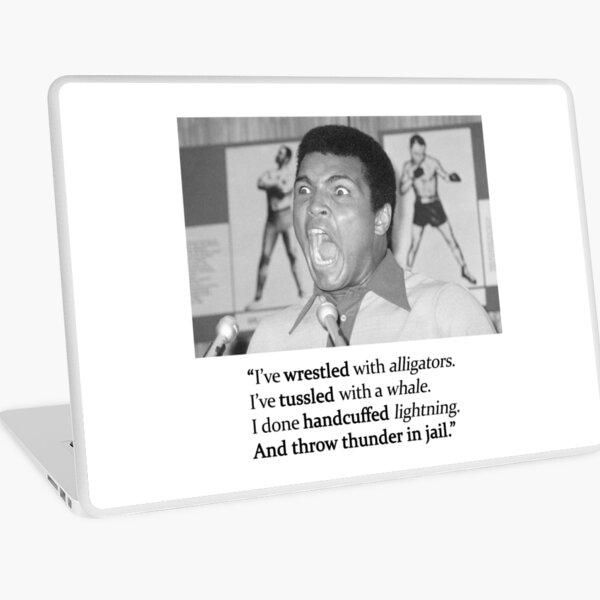Apple’s Disk Utility and its First Aid feature may be one of the best and most familiar places to turn when things go wrong. But there are many problems that First Aid can’t solve. In such cases, Apple’s diagnostic programs may come to the rescue. Here are the ones I depend upon most often:

Throwthunder Mac Os X
Mac OS X Tiger (10.4) Mac OS X Panther (10.3) Threads 54.3K Messages 433.3K. New Folder with Selection keyboard shortcut. Today at 9:53 AM; alexandr; Forums. MacRumors attracts a broad audience of both consumers and professionals interested in the latest technologies and products. We also boast an active community focused on purchasing.
Network preference pane and Network Utility
Throwthunder Mac Os Download
The Samsung X5 is compatible with Macs with Thunderbolt 3 ports and Mac OS X Sierra 10.12 or higher. The Samsung X5 comes in a premium and elegant design that cements its position as the top Thunderbolt 3 external hard drive for Mac. The drive measures 119 x 62 x 19.7 mm and weighs 15g. It’s pretty portable, you can carry it around. #showtooltip /use @mouseover,exists,harmKill Shot /use @pettargetClaw /use @pettargetBite /use @pettargetSmack; In hectic AoE scenarios such as Mythic+, it is beneficial to get as many Kill Shot s off as possible, but it can be difficult to navigate a ton of nameplates to select a target that is below 20% health. Using this macro, you can simply keep your mouse over the nameplate. MAC THROW website is dedicated in appreciation of throwers worldwide, we believe in attracting new talent and promoting our great sport! This non-commercial web site provides educational tools and a video library for coaching. Download the latest version of War Thunder for Mac. World War II becomes an MMO. War Thunder is a massively multiplayer online (MMO) war game where you command.
If you’re having trouble with an Internet connection, your first stop should be the Network preference pane. Click on the Assist Me button. From the dialog box that appears, select Diagnostics. If you still need more help, and you have sufficient technical skills, try Network Utility (in /Applications/Utilities). See “Inside Network Utility” for a guide to its most useful features.
Activity Monitor
When you’re wrestling with systemwide problems, such as your Mac slowing down, Activity Monitor (in /Applications/Utilities) is the first place to turn. This program lists all your open processes, including applications as well as those behind-the-scenes activities that you don’t see in the Finder.
Start by checking Activity Monitor’s CPU column. If one application is consistently showing an especially high percentage (anything over 30 percent would certainly qualify), it may be the source of your problem. If it’s an application you know you can safely quit, highlight it and click on Quit Process. Otherwise, if you don’t want to chance quitting something unfamiliar to you, restart your Mac. For more information, see “Monitor misbehaving Macs”.
Console
Throwthunder Mac Os Catalina
You can’t fix anything with Console (in /Applications/Utilities), but with a little determination you can use it to learn what needs fixing. Check the admittedly arcane Console and System logs. Here you might see the name of an open application, together with some error message that sounds as though it could be related to your symptoms. Even if the mentioned application doesn’t appear to be related, quit it (especially if the timing of the message concurred with the symptom’s appearance). If the problem goes away, you now know where to focus your energy as you do further troubleshooting. For more information, see “Tracking down trouble with the Console”

System Profiler
The simplest and most straightforward of the lot, System Profiler (in /Applications/Utilities) provides a wealth of detail about the status of your hardware and software. Want a quick check to see if your Mac’s RAM is installed properly? Need to know whether you’re running the latest version of your printer’s driver? Want to know who manufactured your DVD drive and whether it can read +R DL (double-layer) discs? System Profiler can answer all of this and more.
If you’re planning a trip to the Genius Bar, System Profiler lists the serial numbers and firmware numbers of your hardware components—from the Mac itself to USB and FireWire peripherals. These numbers can often assist a Genius in diagnosing your problem. If you’re can’t bring all your peripheral devices with you, jot down the numbers for any hardware that you suspect may be related to your problem.
⇒ ⇒ Terminull Mac OS